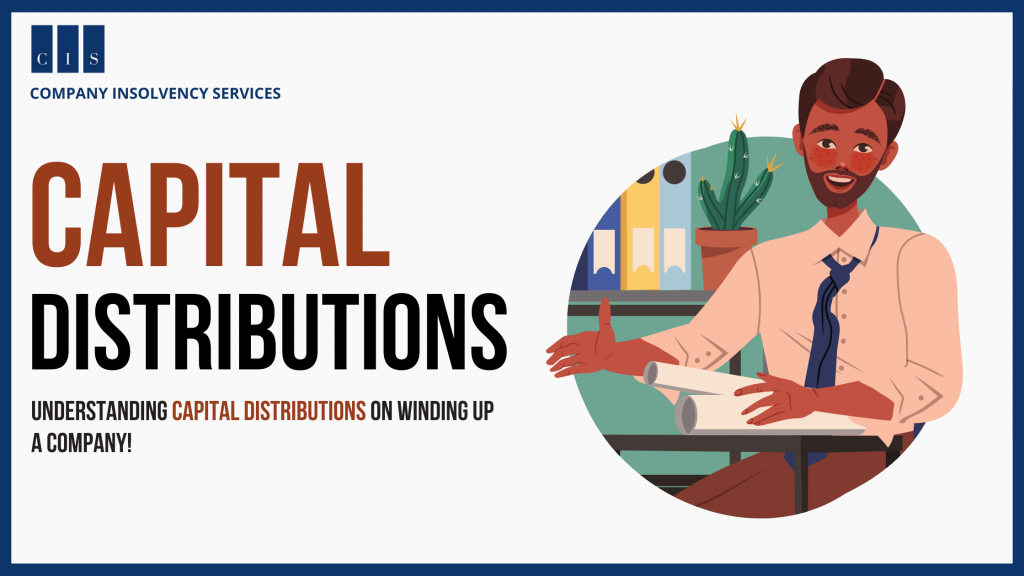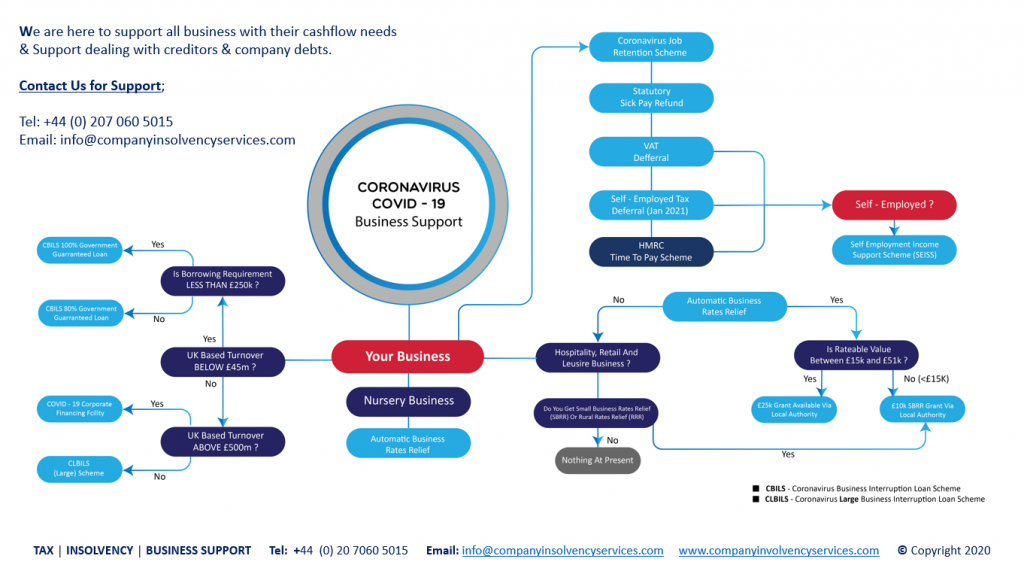I am often asked by investors why the value of their investment shrinks so much when a company they bought into is wound up or suddenly stops trading.
Most people understand that with most companies, there is no guarantee that you will get back any money from your investment. In fact, if you are an investor in a private company it’s likely that you won’t see your money again even if the business ceases trading.
What many don’t realize though is that these losses can be greater than they expected because of a process called “capital distributions”. Basically, capital distributions mean putting someone else’s money to work for you and them charging you fees to do it.
Capital distributions are the reason why a business might not have much value left for investors, even after it stops trading. Very few small business owners realize this, but there is an alternative.
Capital distributions
When a company makes a distribution (payment) to investors out of the money it has earned (such as by paying dividends or selling assets), this is known as a capital distribution. Capital distributions are also used to move funds between different parts of the same business – for example, if one division pays an investment off another division. The idea behind these transactions is that by moving funds around like this, they can be placed where they are needed most and generate more income for the business.
The big problem with capital distributions though is that they reduce the value of your shares in a way you might not expect. This happens because instead of putting their own money into investments to earn more money, the business has used your funds instead.
But if it is your money they are using, you should get a return on it in line with what you could have achieved yourself! The thing is many people don’t even realize that their money has been put to work this way and may not understand how much of a loss they will suffer when the company winds up or stops trading. You only beat inflation by getting a real return over and above inflation.
Members Voluntary Liquidation tax benefit
The member’s voluntary liquidation tax benefit Is a special tax deal for limited companies where the business is dissolved and all the assets passed to the members. The liquidation must be “members’ voluntary” and not initiated by creditors or HMRC.
The benefit of this process is that it allows you many of the benefits of sole tradership, but with limited financial risk in comparison.
How does Members’ Voluntary Liquidation work?
The process follows these steps:
1. Dissolve your company via MVL
2. Pass all assets to its shareholders
3. Pay yourself a salary equivalent to what you used to earn before using any remaining funds towards new business expenses
4. Apply for tax relief on salaries until you stop trading
5. Keep accounting records
6. Keep assets separate from your personal assets With this process, you are essentially becoming a sole trader. But with the benefits of limited liability and less responsibility for debts accrued by the company.
There are several reasons why choosing to liquidate your business is beneficial. A few include:
•Minimizing risk- liquidation allows you to minimize risk as there will be no further transactions after liquidation reducing the chance of incurring any extra tax liabilities or fees that may arise if you decide to continue trading.
As you can see, there are many benefits associated with the members’ voluntary liquidation process that are often overlooked by business owners. You may find it informative to get in touch with us regarding any questions or concerns arising from this article.
How does the Members Voluntary Liquidation process work?
Liquidating a business involves dissolving the company, passing its assets on to the members, paying yourself a salary and then applying for tax relief until you stop trading. You should keep your personal and business expenses separate after liquidation. There would be no corporation tax and losses can be carried forward when it’s sold off entirely.
Benefits:
Minimizing risk: If you decide to wind up your company, there will be no more trading transactions reducing the chance of incurring any extra liabilities or fees that may arise during this process.
Tax advantages: The Members Voluntary Liquidation process allows you many of the benefits as a sole trader but with limited financial risk in comparison such as low percent corporation tax on all profits made plus claiming tax relief on expenses.
What is the difference between a Members’ Voluntary Liquidation and a creditors’ voluntary liquidation?
A Members’ Voluntary Liquidation (MVL) is when you dissolve your limited company and pass all of its assets onto its shareholders to use as they see fit while paying yourself a salary equal to what you were using before using any remaining funds towards new business expenses, thereby treating the MVL like a sole trader. Unfortunately, it’s not always possible to pay salaries with money left in the company after winding it up so this scenario may only apply if you leave enough money in the business. A Creditors’ Voluntary Liquidation (CVL) would be initiated by either HMRC or creditors and sometimes shareholders if they have a winding up petition issued against the company. The former would be an official process that is initiated by a creditor or HMRC, where you can either pay your debts or hand over what little assets you have to satisfy them and close down without going into liquidation. If enough creditors are owed, there could still be a CVL even if you do not want one. A shareholders’ vote would also initiate this process. Why should I choose Members’ Voluntary Liquidation over other options?
The Members’ Voluntary Liquidation process allows you many of the benefits as a sole trader but with limited financial risk in comparison such as zero percent corporation tax on all profits made plus claiming tax relief on expenses until you stop trading and separate your business and personal accounts. As a sole trader, you can sell products or services to customers while keeping all of the profits for yourself unlike under other options such as becoming an LLP or limited company where you would be required to pay taxes on profits. What happens when I choose the Members Voluntary Liquidation option?
A members’ voluntary liquidation (MVL) is initiated by either HMRC or creditors and sometimes shareholders if they have a winding up petition issued against the company. The former would be an official process that is initiated by a creditor or HMRC, where you can either pay your debts or hand over what little assets you have to satisfy them and close down without going into liquidation. If enough creditors are owed, there could still be a CVL even if you do not want one. A shareholders’ vote would also initiate this process.
The directors of the company are then required to follow certain steps that differ depending on whether they are being forced into liquidation or they have voluntarily initiated it themselves after making sure there is no other reasonable option for the business.
Need further help?
If you are unsure how this process works, or if you have any concerns about what your company’s future is likely to be, don’t hesitate to get in touch with the team today on +44 (0) 20 7060 5015 or email us @info@companyinsolvencyservices.com




